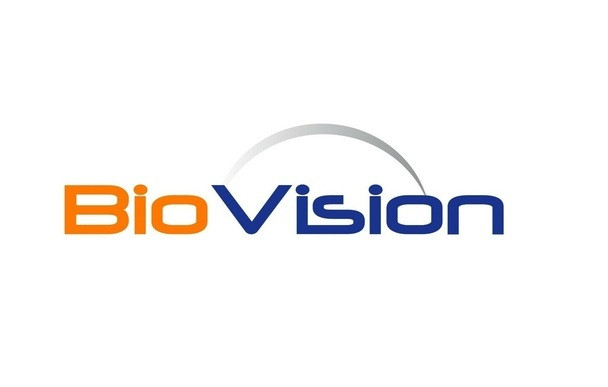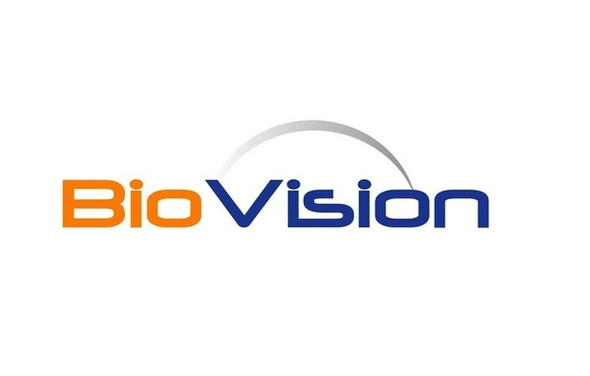Biovision
Human CellExp™ Ephrin-A1 / EFNA1 (Active), Human Recombinant
- SKU:
- 26-P1728
- Availability:
- Usually Shipped in 5 Working Days
- Storage Temperature:
- -20°C
- Shipping Conditions:
- Gel Pack
- Shelf Life:
- 12 months
Description
Biomolecule/Target: N/A
Synonyms: Ephrin A1; LERK1; EFL1; B61; EPH-Related Receptor Tyrosine Kinase Ligand 1; TNF Alpha-Induced Protein 4; TNFAIP4; ECKLG; EPLG1; GMAN;
Alternates names: Ephrin A1; LERK1; EFL1; B61; EPH-Related Receptor Tyrosine Kinase Ligand 1; TNF Alpha-Induced Protein 4; TNFAIP4; ECKLG; EPLG1; GMAN;
Taglines: Plays an important role in angiogenesis
Taglines: USA
Country of Animal Origin: USA
NCBI Gene ID #.: 1942
NCBI Gene Symbol: N/A
Gene Source: Human
Accession #: P20827
Recombinant: True
Source: Human Cells
Purity by SDS-PAGE #: > 95% by SDS-PAGE
Assay: N/A
Purity: N/A
Assay #2: N/A
Endotoxin Level: < 1.0 EU per µg as determined by the LAL method
Activity (Specifications/test method): Immobilized Human Ephrin-A1-His at 10 μg/ml (100 μl/well) can bind Human EphA2-Fc. The ED50 of Human Ephrin-A1-His is 12.43 μg/ml
Biological activity: N/A
Results: N/A
Binding Capacity: N/A
Unit Definition: N/A
Molecular Weight: 20.4 kDa predicted, 24-28 kDa observed
Concentration: N/A
Appearance: Lyophilized protein
Physical form description: Lyophilized powder
Reconstitution Instructions: N/A
Background Information: Ephrin-A1 (EFNA1) is a membrane-anchored ligend that binds to ephrin Type-A receptors such as EphA2 and EphA7. EFNA1 plays a key role in angiogenesis in normal and tumor contexts through its interaction with EphA2, which leads to Rac1 GTPase activation and subsequent vascular endothelial cell migration. While it has anti-oncogenic effects through its downregulation of EphA2 and FAK, EFNA1 overexpression has been observed in gastric cancer.
Amino acid sequence: Asp 19 to Ser 182 with C-terminal 6xHis Tag
Handling: Centrifuge the vial prior to opening.
Usage: For Research Use Only! Not to be used in humans






